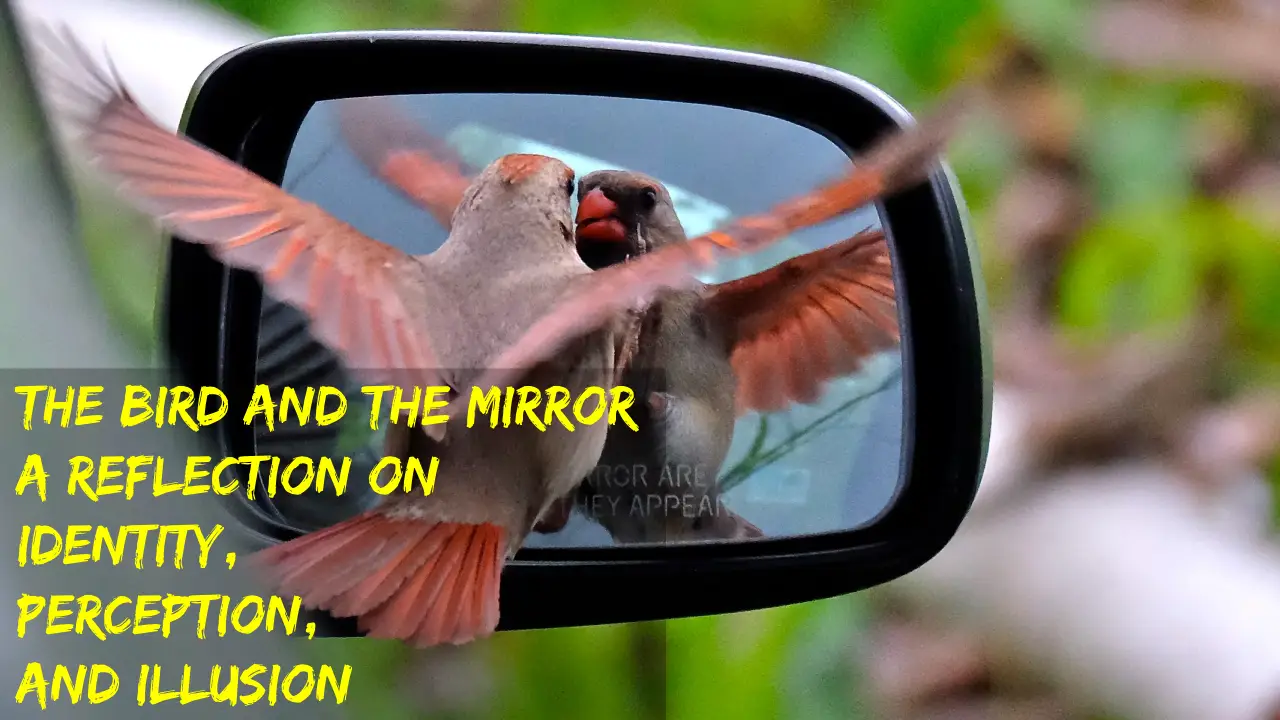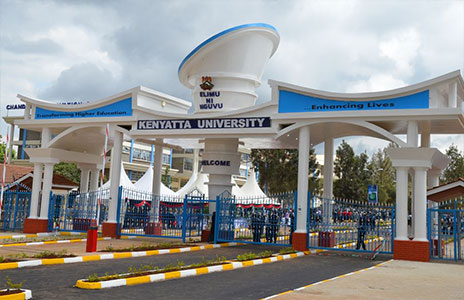
Art and design have always been revered as essential elements of human expression, encompassing a wide array of mediums, techniques, and styles. For those passionate about channeling their creativity into a structured educational path, the Diploma in Art and Design examinable by the Kenya National Examinations Council (KNEC) offers a comprehensive platform to refine skills, explore various artistic disciplines, and pursue a career in the vibrant world of visual arts.
Understanding the Diploma in Art and Design:
The Diploma in Art and Design accredited by KNEC is a rigorous program designed to provide students with a solid foundation in artistic principles, techniques, and theoretical frameworks. The curriculum encompasses a diverse range of subjects, including drawing, painting, sculpture, graphic design, art history, and visual communication.
Students enrolled in this program undergo extensive practical training alongside theoretical studies, allowing them to develop both their technical proficiency and conceptual understanding of art. From mastering traditional art forms to embracing digital technologies, the curriculum is structured to nurture creativity, innovation, and critical thinking among aspiring artists and designers.
The Examination Process:
At the culmination of the Diploma in Art and Design program, students are required to undergo a comprehensive examination administered by KNEC. This examination serves as a testament to the knowledge, skills, and artistic vision acquired throughout the course of study.
The examination typically consists of both practical and theoretical components, designed to assess students' proficiency across various artistic disciplines. Practical assessments may include live demonstrations of artistic techniques, the creation of original artworks, and portfolio presentations showcasing the breadth and depth of students' creative abilities.
On the theoretical front, students are evaluated on their understanding of art history, aesthetics, critical theory, and contemporary art practices. Written examinations may cover topics such as the evolution of artistic movements, the cultural significance of art, and the role of the artist in society.
Preparing for Success:
Preparation for the Diploma in Art and Design exam requires dedication, discipline, and a passion for artistic expression. Throughout their studies, students are encouraged to immerse themselves fully in the creative process, experimenting with different mediums, exploring diverse artistic styles, and engaging in meaningful dialogue with peers and instructors.
To excel in the examination, students should focus on developing a strong portfolio of artwork that demonstrates their technical skills, conceptual depth, and personal artistic voice. They should also devote time to studying art history, theory, and criticism, cultivating a nuanced understanding of the broader cultural and historical contexts in which art operates.
Additionally, practicing time management, seeking feedback from mentors and peers, and honing presentation skills can significantly enhance students' readiness for the examination. By approaching the examination with confidence, curiosity, and a commitment to artistic excellence, students can maximize their chances of success and embark on fulfilling careers in the dynamic field of art and design.
The Impact of the Diploma:
Earning a Diploma in Art and Design examinable by KNEC not only validates students' artistic abilities but also opens doors to a wide range of career opportunities within the creative industries. Graduates may pursue careers as visual artists, graphic designers.
Entry Requirements
KCSE C-
Related articles
-

A Guide to Civil Engineering Degree and Diploma Programs in Kenya
08-Nov-2025 -

Electrical Engineering in Kenya: A 2025 Guide for KCSE Graduates
08-Nov-2025 -

Mechanical Engineering in Kenya: A 2025 Guide for KCSE Graduates
08-Nov-2025 -

Engineering Courses in Kenya: A Guide for 2025 KCSE Graduates
08-Nov-2025 -

Education Pathways in Kenya — From Basic Education to Tertiary | College Guide
06-Nov-2025 -

The Bird and the Mirror: A Reflection on Identity, Perception, and Illusion
07-Feb-2025
Colleges offering Art and Design

Ruiru
Kenyatta University

Westlands
Graffins College

Starehe
Technical University of Kenya

Starehe
Technical University of Kenya

Likoni
Nairobi Aviation College

Roysambu
Talanta Institute

Starehe
Academy of Graphic Technologies

Starehe